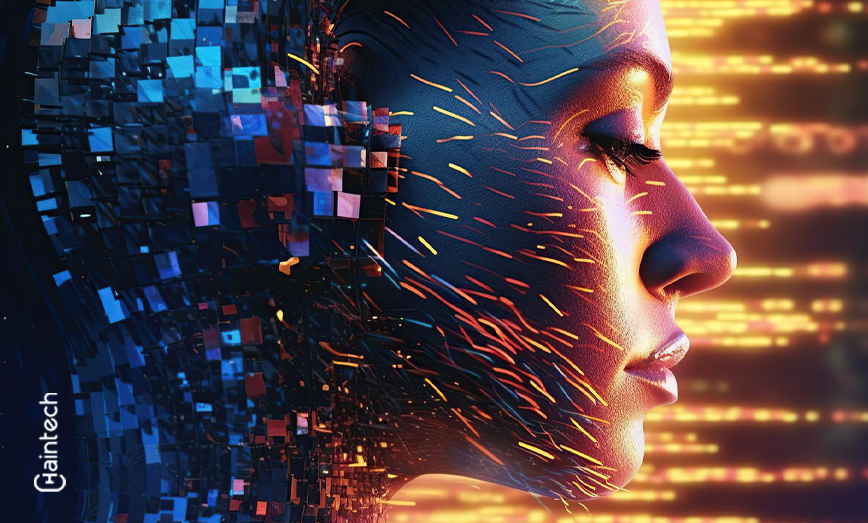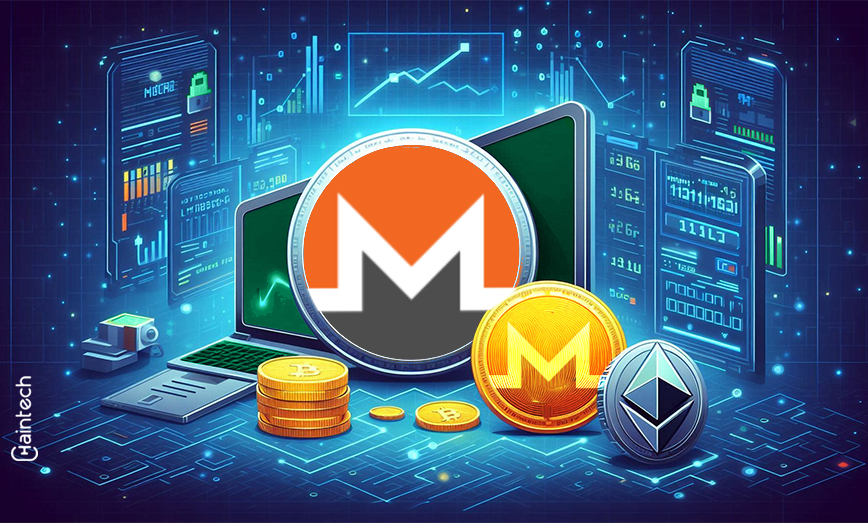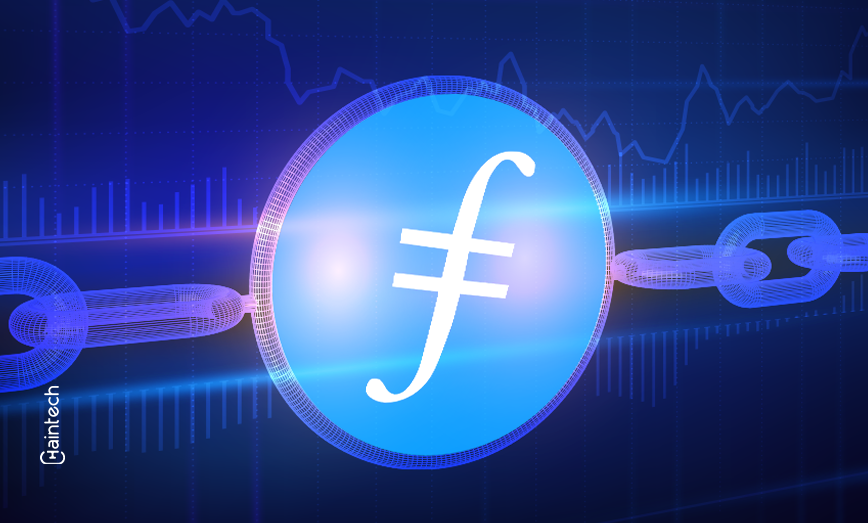Digital Identity Verification via Blockchain: The Future of Secure Transactions

Introduction to Digital Identity Verification
Okay, folks, let’s dive into this tech world headfirst by introducing ‘digital identity verification’. Now, remember that time when you tried to open a new bank account or maybe when you applied for that shiny new credit card, and a series of verification steps were required to confirm it wasnone other than you? That’s the basic gist of Digital Identity Verification. It is making sure that the person claiming to be a ‘John Doe’ is indeed the same ‘John Doe.’ Ah, the wonders of technology!
Understanding the concept of Digital Identity Verification
Let’s break it down, shall we? The term ‘digital identity’ is your online persona, validated with unique identifiers like your social security number or even biometrics, which include your fingerprints or retina patterns. It’s like handing out digital ID cards, how about that?
The importance of secure Digital Identity Verification in today’s world
Security, my friends, is a fundamental aspect! In this digital era where data breaches can happen quicker than you could spell out your own name, digital identity verification has become the new superhero saving the day. Identity theft, financial fraud, what’s next? To counteract these rogues, securing our digital identity and verifying it is no less important than securing our homes.
Previous methods of Verification and their drawbacks
Ever been frustrated about a password reset link taking an eternity to land in your inbox or a verification call from your bank mistakenly reaching your ex, who’s now having a good laugh? Oops, old methods indeed have their set of drawbacks. They’re not reliable, time-consuming, and you can absolutely forget about security!
Blockchain Technology: An overview
Enter the ‘blockchain,’ the Dark Knight of technology, with its ledger-style security. Think of it like a public library where everyone can see and add to the books (blocks) but can’t erase or modify them. Smart, huh?
Explaining the concept and basics of Blockchain
In blockchain, every user has access to the entire list of transactions, enclosed aesthetically in blocks, hence the name ‘blockchain.’ Like a chain of trust, each block is connected to the previous one, making it tamper-resistant.
Contemporary uses of Blockchain
To date, our dear blockchain has been gallantly serving in sectors like the financial industry (who hasn’t heard about Bitcoin?), healthcare (secured patient data? Yes, please), and logistics (tracking made easy-peasy).
Understanding how Blockchain ensures security
Now here’s where things get particularly nifty. With blockchain, tampering with transactions is about as easy as trying to lick your elbow, which is to say, practically impossible. As each block is linked with its neighboring blocks, any shoehorn attempt to alter a block sends ripples throughout the entire chain. End result? Others quickly note and reject the fraudulent transactions.
Merging Blockchain with Digital Identity Verification
Imagine this beautiful fusion where blockchain’s security meets identity verification; it’s like having extra cheese on your pizza. The secured, encrypted blocks store your unique digital identity, making it immune to data breaches.
Advantages of utilizing Blockchain for Identity Verification
Cooking up this blockchain-identity verification combo does more than just add another layer of security. It’s downright efficient, speedy, and has a near-infallible accuracy rate. It positively laminates your identity, so fraudsters can’t even get a whiff of it.
Case studies highlighting successful applications of Blockchain for Identity Verification
Here’s a catchy fact for you – the World Food Programme uses blockchain-based identity verification to distribute assistance in refugee camps. And Estonia? They’ve got their citizens’ digital identities on blockchain!
Impact of Blockchain-Based Identity Verification on Different Sectors
Its effects on the Banking and Finance industry
Hello, fraudulent transactions out the window! Banking on blockchain (pun totally intended), out-of-the-box solutions provide indisputable digital identities that kick identity theft to the curb.
The Role of Blockchain-Based Identity Verification in Healthcare
Documenting patient records on blockchain screams reliability, clearly. It safeguards sensitive data, making blockchain-based identity verification just what the doctor ordered!
Transformation in the Public Sector and Government Identifications through Blockchain
The public sector is also joining the blockchain bandwagon. Think smart cities and digitized ID systems. What a time to be alive!
Challenges and Potential Solutions
Sure, every hero has a nemesis, and for blockchain, it’s the scalability issue. Add to that, regulatory and compliance challenges, and you’ve got a drama. But, remember, every problem has its solution. Addressing these hurdles could be a game-changer for blockchain’s universal adoption.
Conclusion
Blooming transactions, novel healthcare methods, and spruced-up public services – thank you, blockchain! Though it’s not a walk in the park, rest assured, Blockchain’s role in digital identity verification could very well be our first step into the secure future.









